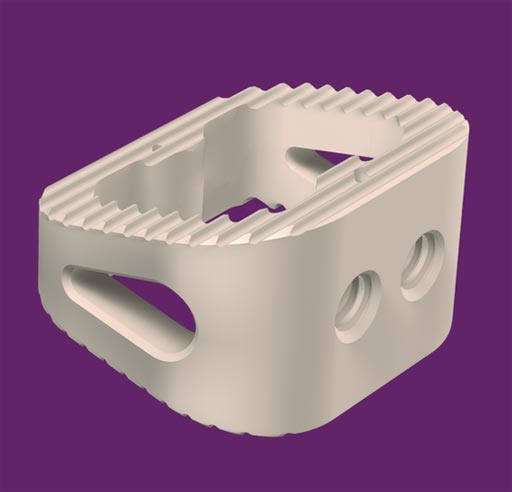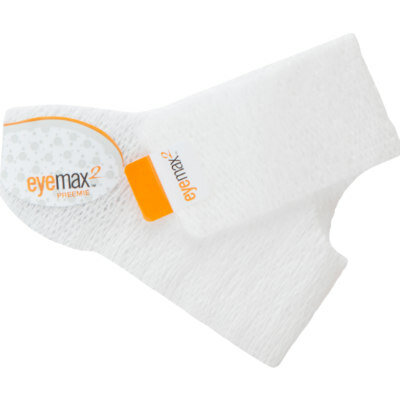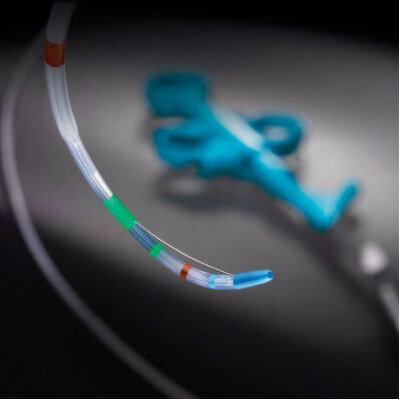Cervical Interbody Implants Treat Up to Four Levels
By HospiMedica International staff writers
Posted on 11 Apr 2017
An innovative intervertebral body fusion system treats disc degeneration at up to four contiguous levels in the cervical spine.Posted on 11 Apr 2017
The CoRoent Small Interbody System is an interbody cage manufactured from polyether ether ketone (PEEK) - Optima that provides stabilization of the spinal motion segment while fusion is taking place. A hollow core allows for packing of autogenous and/or allogeneic bone graft products, such as cancellous, cortical, and/or corticocancellous bone graft material in order to help promote a solid fusion. Rows of teeth on the surface of each end of the device serve to grip the adjacent vertebrae in order to resist migration and expulsion of the device.

Image: The CoRoent Small Interbody System (Photo courtesy of NuVasive).
Implants included in the system include the CoRoent Small (S), the CoRoent Small Lordotic (SL), the CoRoent Small Lordotic Plus (SLP), the CoRoent Small Hyperlordotic (SHL), and the CoRoent Small Contoured (SC) cages. The implants also include radiopaque marker pins composed of titanium alloy or tantalum. The CoRoent Small Interbody System is a product of NuVasive, and has been approved by the U.S. Food and Drug Administration (FDA).
“The ability to treat multi-level cervical disc degeneration in patients displaying cervical radiculopathy and myelopathy is a meaningful advancement for spine surgeons,” said Jason Hannon, president and CEO of NuVasive. “This first and only clearance is an example of NuVasive's commitment to defining the components necessary to properly address an unmet clinical need and expand our presence and competitive positioning in the cervical market.”
Interbody fusion devices are prostheses used in spinal fusion procedures to replace the intervertebral disc of the spine, enhancing stability in the region while the spine fuses by maintaining foraminal height and decompression. Once placed, the cages resist flexion and extension of the spine, as well as axial forces across the ventral and middle columns. Over time, the packed bone graft material is gradually replaced by natural bone, forming a solid section.














